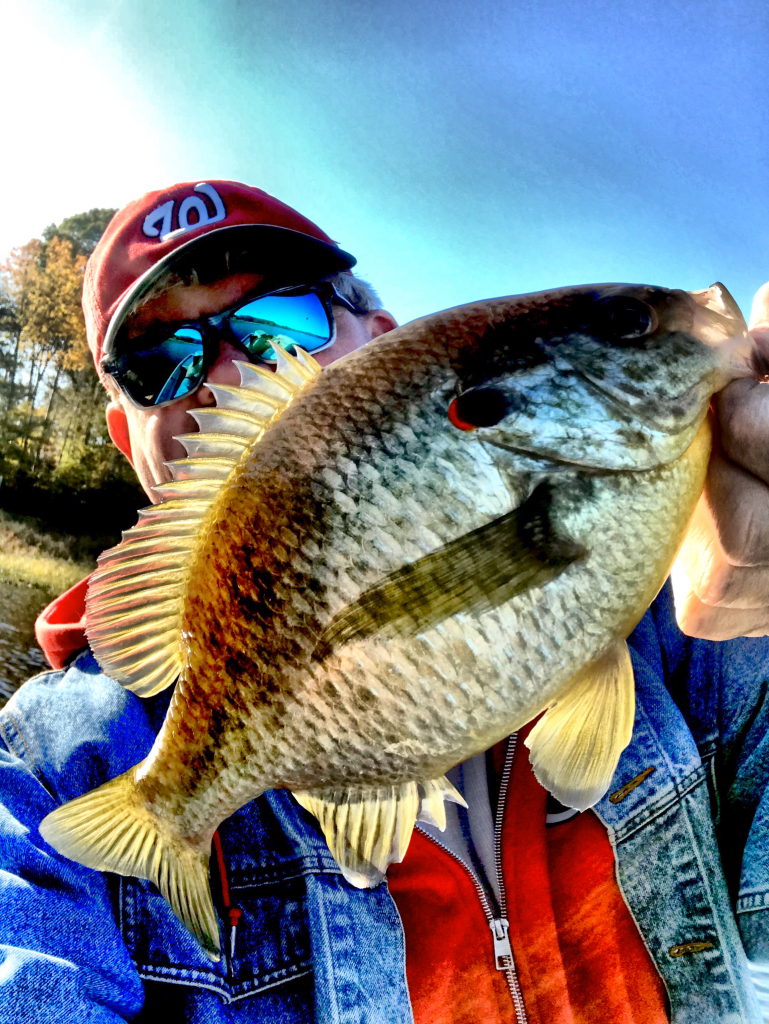
If you do a keyword search for “invasive species” on any Chesapeake Bay-centered social media platform, you’ll most likely see more than you want to know about northern snakeheads. But, there are lesser-known invasives in the Chesapeake watershed, some that aren’t considered harmful and that are even stocked by our state natural resource agencies. I’ll leave it up to the experts to decide when it’s alright to promote a new species or when it’s better to eradicate one, but I can tell you for certain that I’m tickled pink about the rise of the redear sunfish.
Redear sunfish (Lepomis microlophus), also known as shellcrackers, are one of my all-time favorite fish. Some of my fondest fishing memories are of catching burlap sacks full of shellcrackers with my brothers and our father. Originally considered a strictly southern species, they’ve been helped along by selective stocking while naturally expanding their range north. In 1938, they were reported to be no farther north than Georgia but by 2011, they had made their way up to the Potomac River tributaries. In the past five years, I’ve caught them in many Eastern Shore tidal streams and in every DNR-managed lake that I’ve fished. Shellcrackers do great in this area because of their high tolerance for salinity and their taste for small snails and other mollusks. Today, the shellcracker populations in our tidal streams and millponds are booming.
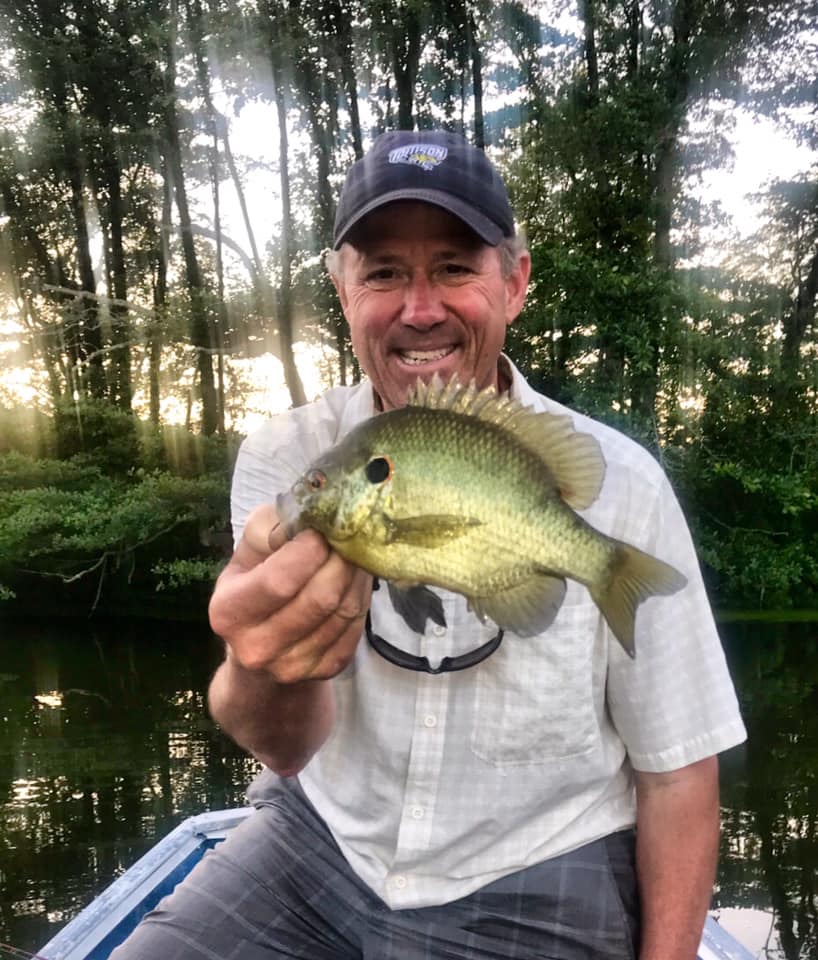
I suspect that many, if not most fishermen in this area have caught a shellcracker. They’re frequently mistaken for other types of sunfish. We tend to lump all the true sunfish (Centrarchidae) into the category of bluegill or sometimes bream (pronounced “brim”). Several distinct species of sunfish live in the Chesapeake Bay watershed and it can be difficult to tell them all apart. The earflap at the very tip of the gill is the key to distinguishing between different kinds of sunfish. They all have a dark blue or black spot on their earflaps, but the size, shape, and additional colors on the flaps can vary among species. Before you target sunfish, it pays to know a little something about their identifying features – those distinguishing earflaps – and behaviors.
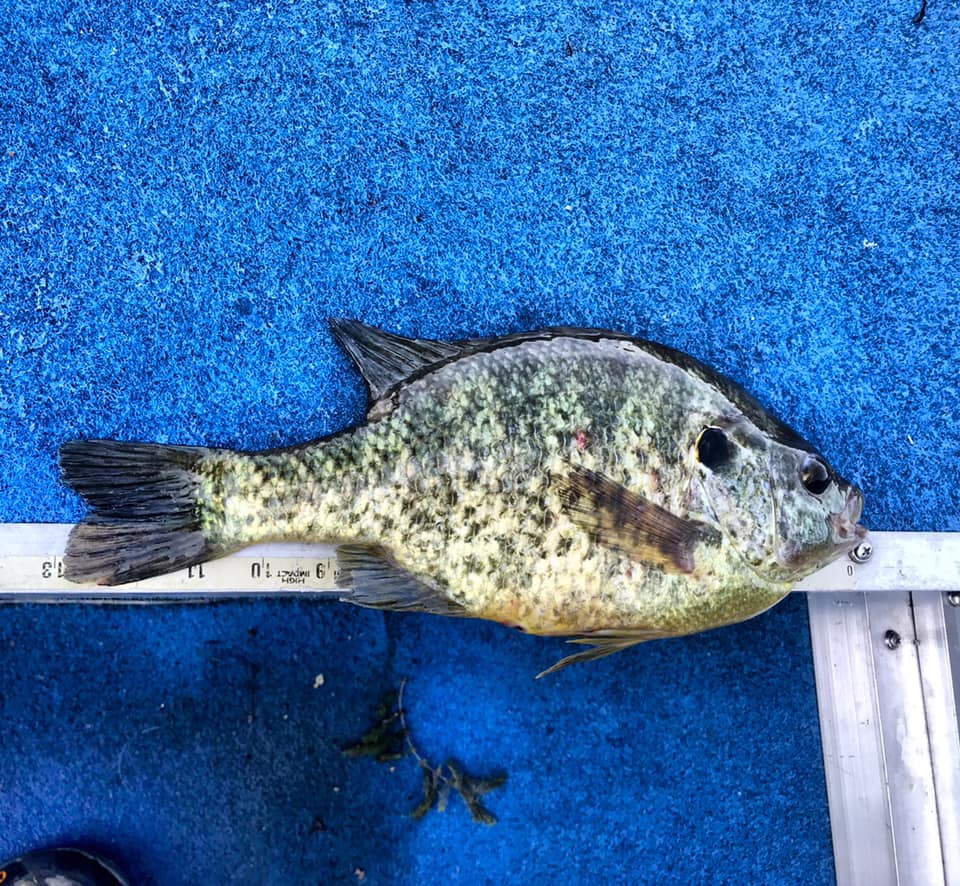
Redear sunfish are named for the colored borders around their earflaps. Males have red fringe around blue earflaps, while females have orange fringe. All of their colors become more brilliant during the spawning season. Their earflaps are shorter than redbreasted or longeared sunfish. They typically have greenish gold bodies with faint vertical stripes on their sides and white breasts with red-orange flecks.
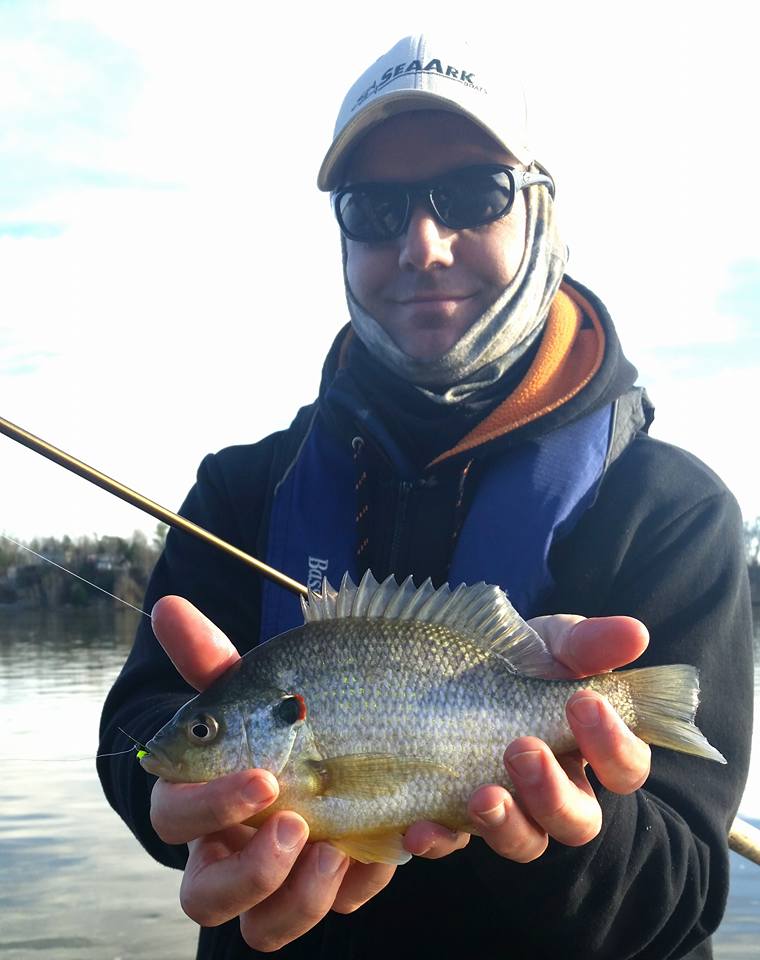
Shellcrackers are delicious to eat, with a flavor that is easily distinguishable from other sunfish. They grow faster and larger than all the other sunfish species found in the Bay tributaries. The official Maryland state record is 2 pounds and 5 ounces but I know of at least three fish that have been caught and released that were bigger. Not only do they grow larger than other sunfish, they are also scrappier. While most species of sunfish swim in circles when caught, shellcrackers make quick, strong runs and can break smaller diameter lines if the drag is not set properly.
Redear sunfish are typically found on sandy or gravely bottoms in areas where there is little current. They feed on the bottom and can be found in water up to 30 feet deep. As their nickname implies, these fish can crush shells in their throats. Adults feed on snails, grass shrimp, aquatic insects, copepods, and other organisms with hard shells. Bigger shellcrackers will even eat clams and mussels. They are easiest to catch during the spawn, when they gather in large colonies in shallow water, but they can also be found schooled together at other times of the year.
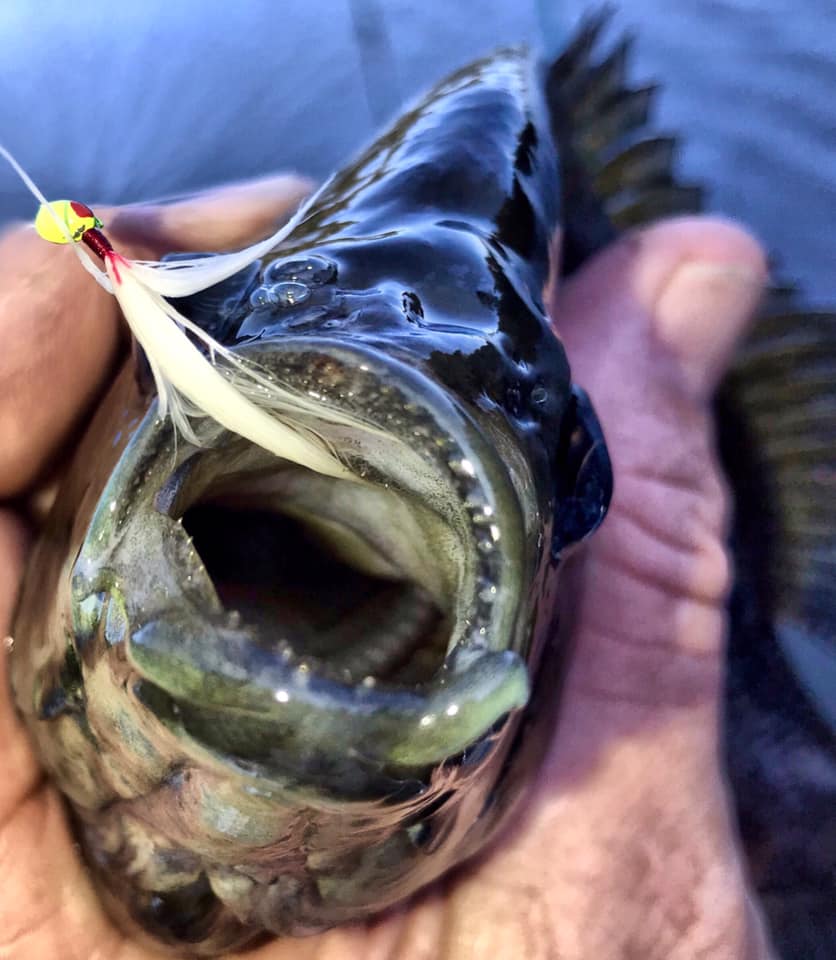
I target shellcrackers by casting a 1/32nd ounce “popeye” feather fly beneath a small round float with the fly deep enough to bounce along or very near the bottom. They usually hit the fly from the top or the side and you’ll know when you have one on by the way it immediately streaks away. You can also catch them with live bait or any other method that works for panfish. You can read more about them and all the sunfish species in my latest book, How To Catch Chesapeake Panfish. So next time you hook into that especially scrappy “bluegill,” take a closer look. It might be a shellcracker and you might have just caught one of Maryland’s most exciting new invasive species!
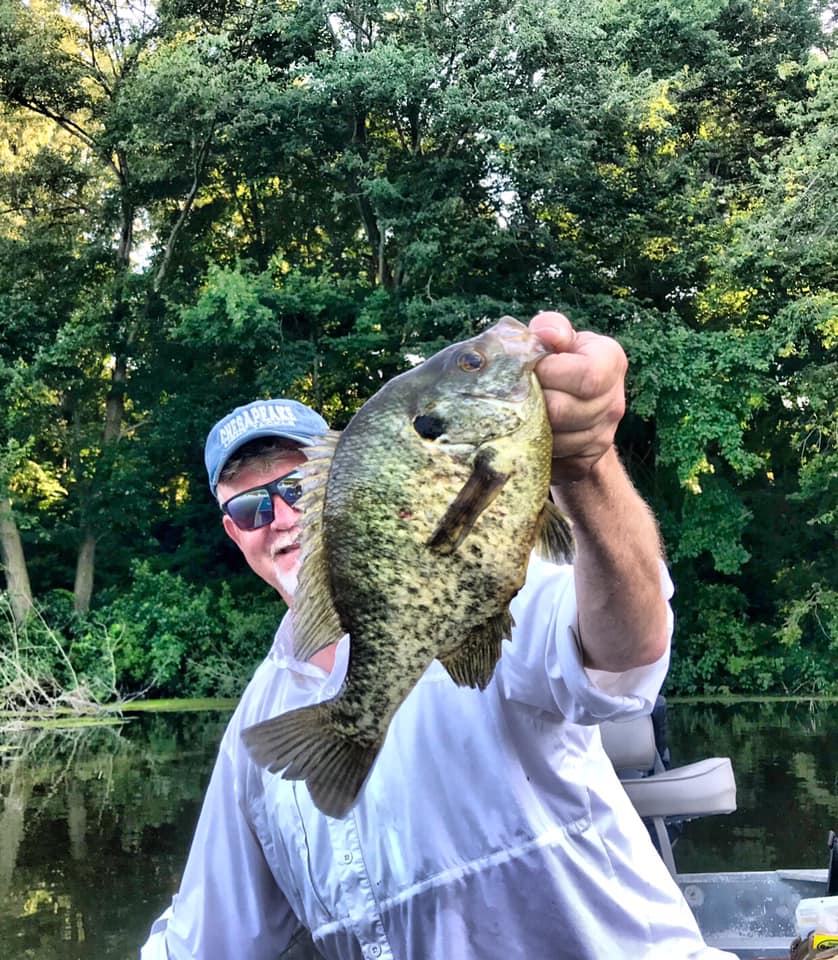




I’ve been seeing these too but I wasn’t sure what they were. I caught a real big one in Frederick so they’re also on the Western Shore. Thanks for great information.
Beautiful fish. Like a bluegill on steroids.